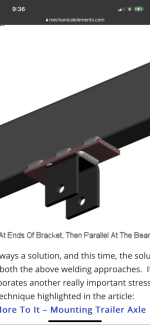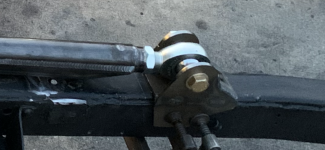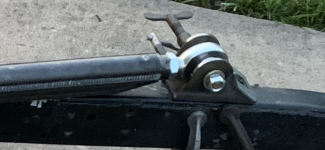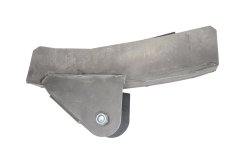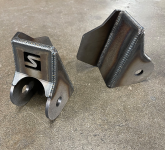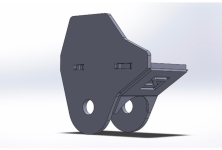- Joined
- Nov 8, 2008
- Messages
- 116
Hi all,
I came across a write up regarding leaf spring hangers and welding them to a frame. Although the material pertains to a trailer, they’re are some relative practices to welding on a Bronco frame. Later in the article they review the use of a buffer plate that allows for parallel welds on the frame only, and cross welds on the plate that don’t touch the frame but still offer support. You can read the article here: https://mechanicalelements.com/welding-on-trailer-spring-brackets/
Why do I bring this up? I’m moving at a slow pace on my 77 this month. I’m back to work welding in the pivot boxes for a set of Solo radius arms. I was going to apply the buffer plate method with the boxes. My only concern is no seal between the buffer plate and frame to prevent corrosion. Has anyone taken this route and do you have any advice? Thank you. Have a great weekend.
First pic shows buffer plate. Last two are mock up with out the plate
Mike R
I came across a write up regarding leaf spring hangers and welding them to a frame. Although the material pertains to a trailer, they’re are some relative practices to welding on a Bronco frame. Later in the article they review the use of a buffer plate that allows for parallel welds on the frame only, and cross welds on the plate that don’t touch the frame but still offer support. You can read the article here: https://mechanicalelements.com/welding-on-trailer-spring-brackets/
Why do I bring this up? I’m moving at a slow pace on my 77 this month. I’m back to work welding in the pivot boxes for a set of Solo radius arms. I was going to apply the buffer plate method with the boxes. My only concern is no seal between the buffer plate and frame to prevent corrosion. Has anyone taken this route and do you have any advice? Thank you. Have a great weekend.
First pic shows buffer plate. Last two are mock up with out the plate
Mike R












